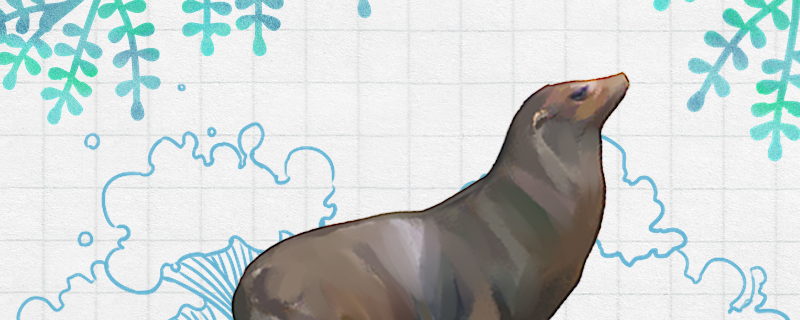
From the point of view of living environment, the sea lion is an animal living in the ocean. In terms of category, sea lions are mammals, not mammals. Therefore, the sea lion is an aquatic mammal. As a mammal, sea lions share some characteristics with terrestrial mammals, which are common to all mammals. The most obvious feature is viviparous reproduction, and after giving birth to sea lion pups, the mother will feed them milk for a period of lactation. Moreover, sea lions breathe with their lungs and need to come out of the water regularly.
As an aquatic animal, the body structure of sea lions is suitable for aquatic environment. For example, their limbs have evolved to resemble the fins of fish, which allows sea lions to move freely in the water, allowing them to move faster and catch a variety of animals for their food.
As mentioned above, the sea lion is an aquatic mammal. They spend most of their time in the water and can not live on land for a long time, so they are not an amphibious animal. Although sea lions can stay on land for a period of time, they can not live on land for too long, let alone for a long time. This is because their skin needs water, if left out of the water for a long time, the skin of sea lions will be dry and cracked, and eventually may die because of lack of water. Moreover, the body structure of sea lions is adapted to the aquatic environment, and the speed of movement on land is very slow. Obviously, sea lions are not amphibious animals.
In addition, sea lions are not amphibians. Amphibians are a relatively low animal, while sea lions, as mammals, are a relatively high animal.